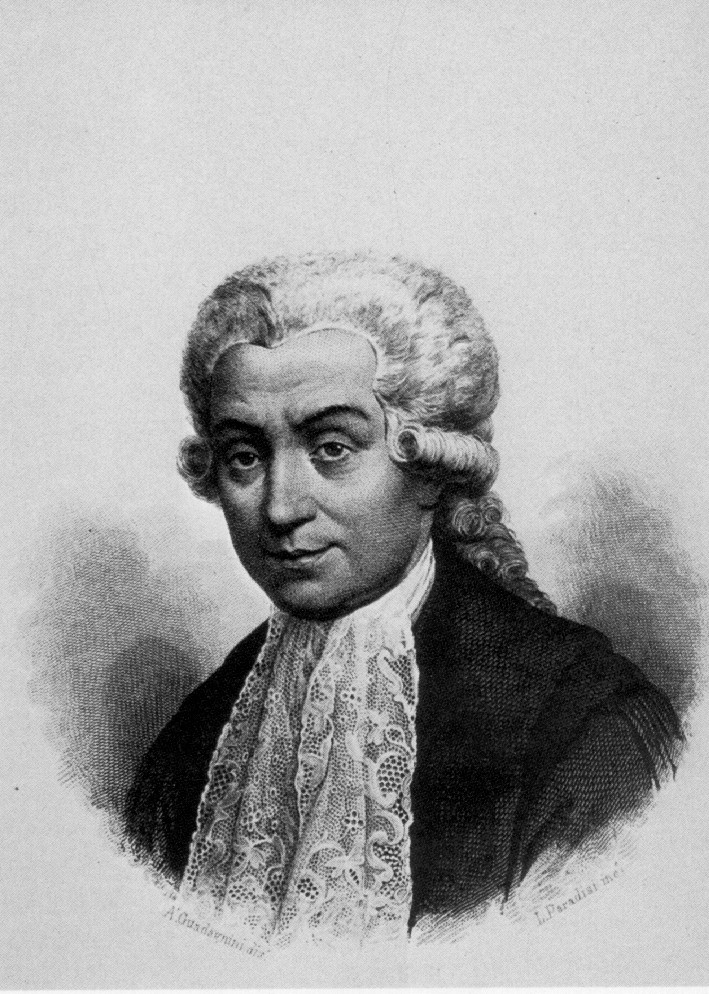Luigi Galvani

Following the acquisition of an electrostatic machine (a device for making sparks) and a Leyden jar (a device used to store static electricity), he began experimenting with muscular stimulation by electrical means. Through numerous observations and experiments he caused muscular contraction in a frog by touching its nerves with electrostatically charged metal. Later, he was able to cause muscular contraction by touching the nerve with different metals without a source of electrostatic charge. He concluded that animal tissue contained an innate vital force, which he termed "animal electricity." He believed this to be a new form of electricity in addition to the "natural" form that produced lightning and to the "artificial" form that is produced by friction (i.e., static electricity). He also believed the brain secreted an "electric fluid" and that the flow of this fluid through the nerves provided a stimulus for the muscle fibers.
Scientific colleagues generally accepted Galvani’s views; but Alessandro Volta, a professor of physics, was not convinced. Volta demonstrated that the electricity did not come from the animal tissue but was generated by the contact of different metals, brass and iron, in a moist environment. However, in another experiment, Galvani caused muscular contraction by touching the exposed muscle of one frog with the nerve of another and thus established for the first time that bioelectric forces exist within living tissue.
Galvani’s discoveries opened the way to new research in the physiology of muscle and nerve and pioneered the subject of electrophysiology -- the study of the connection between living organisms and electricity.